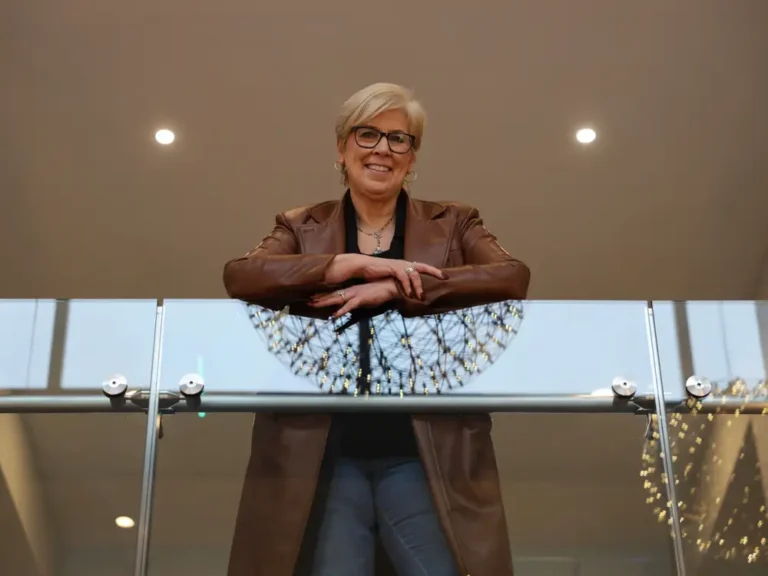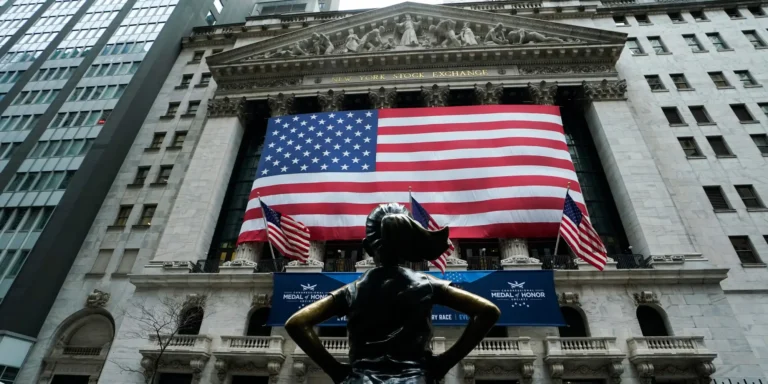How to invest $10,000: 9 experts’ best ideas for stocks, ETFs, and bonds to buy now

With interest rate cuts imminent, some of the best money-printing investments of the last few years are about to get a haircut.
But fear not: there are still plenty of money-making opportunities out there for investors of all kinds and risk profiles. These include bets on stocks, which are overvalued by several measures, and fixed income, where yields will be impacted by the Fed’s rate adjustments.
B-17 asked nine investment professionals for their top recommendations on where they would invest $10,000 right now.
1.Clyde Rossouw, portfolio manager and cohead of quality at Ninety One
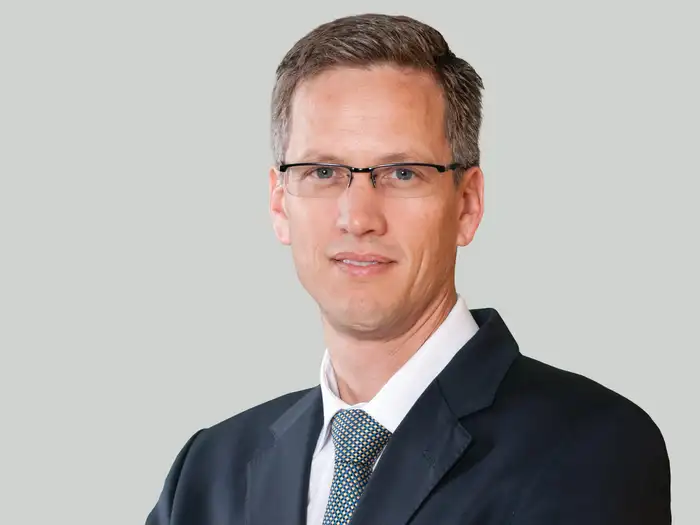
Rossouw is bullish on what he calls “defensive tech”: stocks like Autodesk and Check Point Software Technologies.
Growth and momentum in tech drove the market to new highs in the first half of 2024, but investors should curate a diversified portfolio, said Rossouw.
Rossouw believes that a big mistake investors make is being overconfident. Investors who bought into the Magnificent Seven in the last year might get too comfortable with their holdings and set themselves up for failure by not broadening their holdings.
“I would caution against falling into the idea that investing is easy just because one has had some short-term success in a market where one has exposure to a couple of names that have done really well,” said Rossouw.
That’s not to say that Rossouw doesn’t think Big Tech is a good investment — he thinks Microsoft (MSFT) and Alphabet (GOOG), in particular, have strong fundamentals, revenue streams, and cash flow, making them very durable companies.
Other areas of the market that Rossouw is bullish on include what he calls “defensive tech,” such as software and services. He recommends Check Point Software Technologies (CHKP) and Autodesk (ADSK). Rossouw also sees an opportunity in the consumer space with names such as Nike (NKE) and Diageo (DEO).
Ultimately, investing $10,000 depends on your risk profile. Someone in their 20s could have a 100% equity portfolio, but they probably want to dial down their equity exposure and move more into fixed income such as bonds as they grow older, said Rossouw.
2. Jon Adams, chief investment officer at Calamos Wealth Management
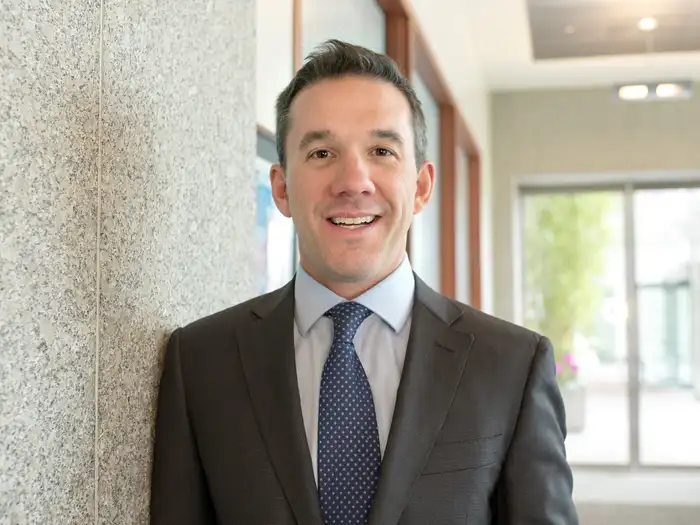
“For a client in their 20s, we’d be much more growth-positioned, more aggressively positioned,” Adams said.
Retirees shouldn’t invest like they’re recent grads, and the inverse is true.
“For a client in their 20s, we’d be much more growth-positioned, more aggressively positioned,” Adams said, though he added that he’d keep the portfolio diversified across equities and bonds.
Each investor’s time horizon, financial situation, and risk tolerance are slightly different, Adams noted, so portfolios should be constructed accordingly. However, the investment chief would advise that at-home investors take it easy on stock-picking.
“It could be dangerous for individuals to take concentrated views on individual stocks unless they have a lot of experience, philosophy, research, a thesis behind that position,” Adams said. “We do see some people taking, I would say, inordinate risk in individual names.”
A passive approach provides diversification, plus it reduces the temptation to time the market. Exchange-traded funds (ETFs) offer equity exposure without the painstaking process of stock selection, and Adams pointed to buffered ETFs as a way to prevent losses while still securing some upside. There are many providers of these products, and Adams’ firm has its own version.
Within fixed income, which Calamos has become more optimistic about in the last year, Adams likes duration across Treasuries, investment-grade corporate bonds, and municipal bonds. He noted that high-yield coupons also look attractive, provided that economic growth stays strong.
“Rates have peaked, and there’s value now in fixed income for the first time in quite some time,” Adams said.
3. Andrew Crowell, vice chairman of wealth management at D.A. Davidson
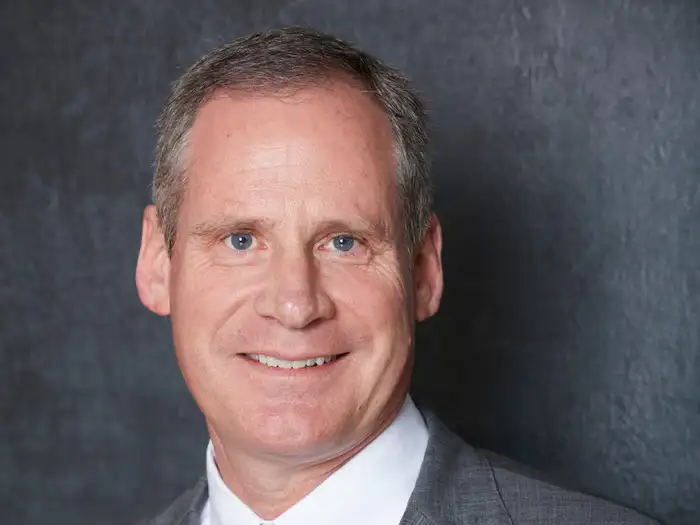
To diversify out of Big Tech, Crowell recommends dividend stocks, which provide returns through share price appreciation and income.
As rates start coming down, bond prices typically rise, which is why Crowell believes now is a good time for investors to consider longer-duration fixed-income holdings. He recommends a strong core bond fund to provide both income and appreciation.
Although Crowell is bullish on AI’s long-term potential, he sees the early August stock market correction as a healthy development for an overheating tech sector.
“Those share prices for Nvidia can’t double in price every single year,” he said. “I think it’s healthy that we saw some profit-taking there, a rotation into other sectors of the S&P 500.”
To diversify out of Big Tech, Crowell recommends dividend stocks, which provide returns through share price appreciation and income. Utilities and financials are two attractive sectors known for paying dividends. Utilities are getting a boost as energy demand jumps from the AI megatrend, and Crowell is confident that banks will perform well as the Fed guides the economy toward a soft landing. However, investors can find dividends in other places as well, such as mature technology companies.
Crowell also sees technology, healthcare, and consumer discretionary as positive growth areas in the next five to 10 years. The current market is an optimal entry point to buy these sectors for cheap, he believes.
“Use whatever downdrafts we get over the next month or two or three building up to the election,” Crowell said. “Take advantage of it and invest that money for long-term growth.”
Investors can gain exposure to these areas of the market through funds such as the SPDY S&P Dividend ETF (SDY), the Invesco QQQ Trust (QQQ), the iShares US Healthcare ETF (IYH), and the Vanguard Consumer Discretionary ETF (VCR).
4. Aya Yoshioka, portfolio manager at Wealth Enhancement Group
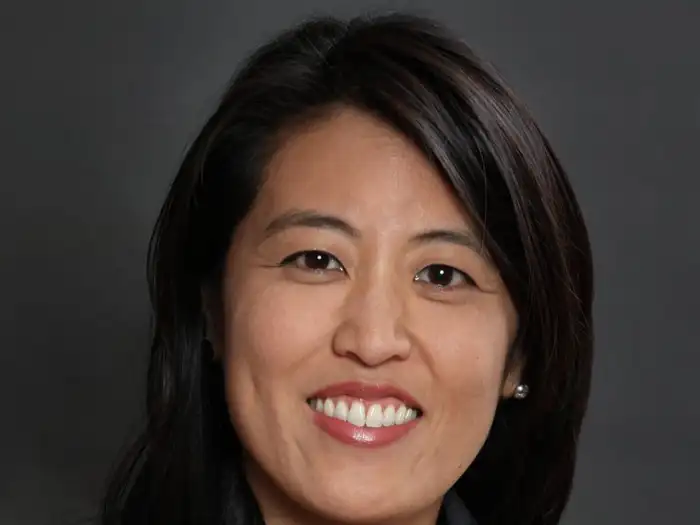
“Despite a lot of talk about technology being overvalued, you always want to have an allocation to technology because it’s a higher growth area,” Yohsioka said.
Yoshioka is confident that the US economy is still expanding. She points out that market pullbacks are normal, as 10% corrections have happened in 63% of the calendar year returns since 1928.
For equities, Yoshioka is still bullish on technology, especially for investors with longer time horizons.
“Despite a lot of talk about technology being overvalued, you always want to have an allocation to technology because it’s a higher growth area,” Yohsioka said. “I think you want to balance that out with some diversification in the more defensive areas.”
Capitalization-weighted indexes such as the SPDR S&P 500 ETF (SPY) give investors exposure to market leaders such as Big Tech companies, but Yoshioka also recommends balancing high-growth sectors with stocks that do well in various economic conditions, such as consumer staples.
As the market prepares for rate cuts, Yoshioka recommends extending duration to lock in higher yields. Even though 10-year Treasury yields have dipped below 4%, Yoshioka still thinks Treasurys are a beneficial investment, considering that interest rates have been low overall for the last decade.
Within fixed income, Yoshioka also likes corporate credit and asset-backed securities, although she emphasizes the importance of picking high-quality investments in these spaces, given the added risk.
Overall, Yoshioka recommends having an 80-20 portfolio — 80% in large-cap and 20% in small-cap stocks and ETFs for those with a bigger risk appetite, or 20% in fixed income for those who are more risk-averse.
5. Barry Bannister, chief US equity strategist at Stifel
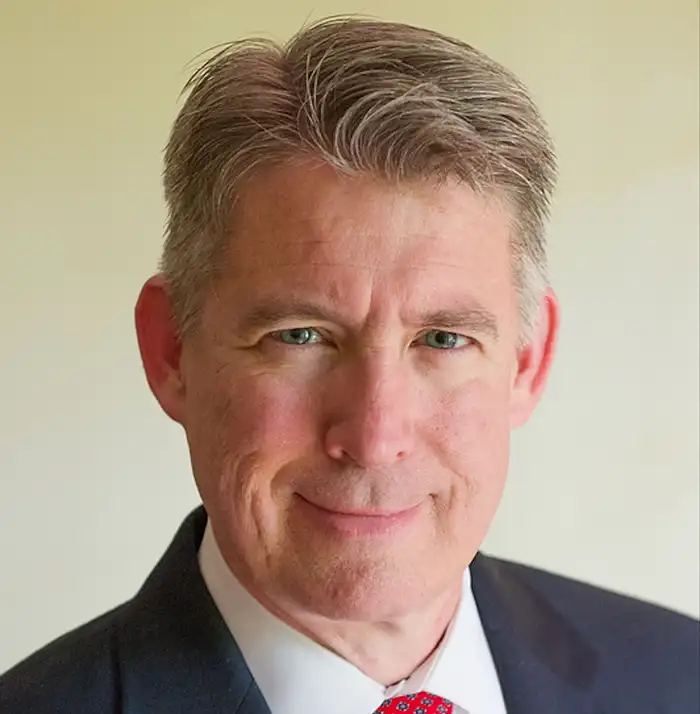
Bannister listed three investments to consider: small-cap stocks, international stocks, and value stocks.
Bannister listed three investments to consider: small-cap stocks, international stocks, and value stocks. The three areas of the market trade a discount right now, he said.
“Instead of just plowing headlong into popular growth stocks — which have really done well for 12 years, but that’s about a cycle, and cycles don’t usually last forever — I really think small-cap, international, and value indexes would be where I would put money for a long-term, younger investor,” Bannister said.
Since US stocks have vastly outperformed the rest of the world in recent years, Bannister said he would allot the largest part of the portfolio to value stocks, followed by small-caps and then international stocks.
“You don’t have much of a case for international because they just can’t seem to generate any growth and they can’t seem to generate any currency strength,” he said. “That’s more of a long-term bet that the world growth and world inflation evens out.”
To track these market areas, Bannister uses the Russell 1000 Value Index for value stocks, the Russell 2000 Index for small-caps, and the MSCI World Ex-US Index for international stocks. Examples of funds that offer exposure to these indexes include the iShares Russell 1000 Value ETF (IWD), the Vanguard Russell 2000 ETF (VTWO), and the Avantis International Equity ETF (AVDE).
6. Bob Doll, CEO and CIO at Crossmark Global Investments
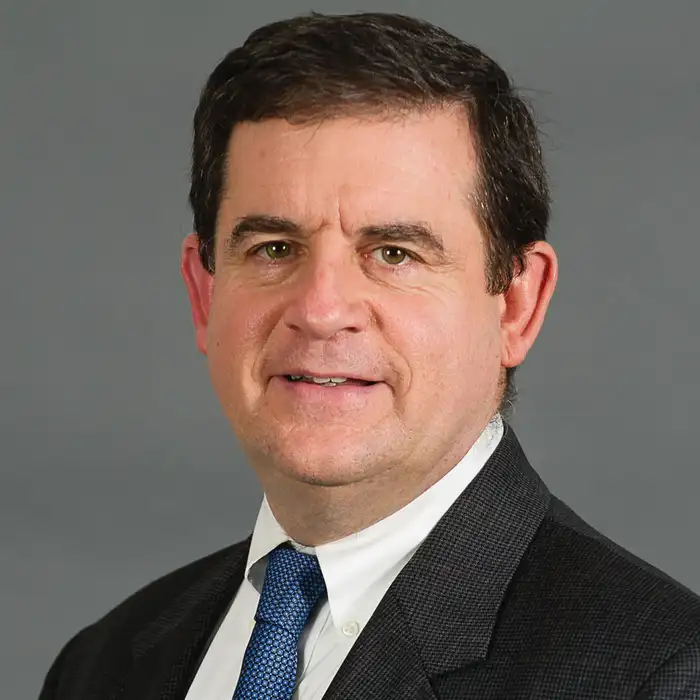
Doll likes equity market-neutral funds, which have 3-month yields of up to 5%.
With stock valuations elevated at the moment, Doll expects broader market returns to be poor over the next five to 10 years or so.
He, therefore, likes equity market-neutral funds, which hold roughly the same amount of short and long positions, in addition to cash. The goal, he said, is to generate alpha by having long positions outperform short positions when the market is performing well, and vice versa — plus whatever the cash holdings yield. This strategy seeks to reduce volatility in either direction and potentially make money when the overall market is down, he said.
Part of why Doll likes these types of funds right now is the relatively high return that cash offers, with 3-month yields at 5.2%. Pair that with high starting valuations dimming the outlook for future stock returns, and the funds could outperform the market over the long term. Bank of America strategists said in a note earlier in August that they expect the S&P 500 to deliver 2% annualized returns over the next decade.
By contrast, 10 years ago would have been a poor time to invest in neutral funds, Doll said, because valuations were much lower and cash offered almost no yield with interest rates around 0%.
Examples of equity market-neutral funds include the Vanguard Market Neutral Fund Investor Shares (VMNFX) and the AQR Equity Market Neutral Fund (QMNRX).
7. Chris Fasciano, portfolio manager at Commonwealth Financial Network
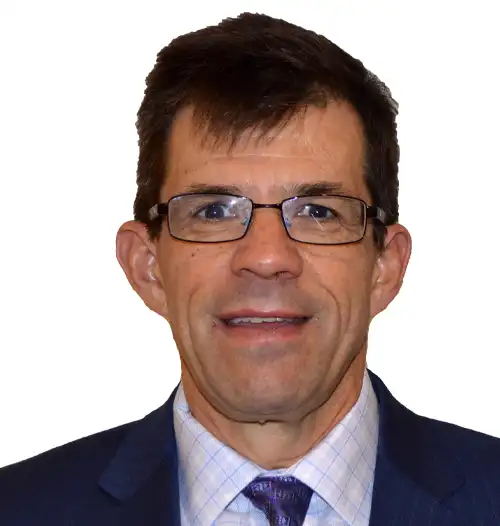
Overconfidence is investors’ kryptonite, Fasciano told B-17.
“There are a lot of different ways to make money in this business,” Fasciano said. He added: “Our belief is that knowing what’s going to happen over the next three months and trying to time markets accordingly is really hard — if not impossible — to do, and to do repeatedly.”
Instead, Fasciano tries to build diversified portfolios that are set up to succeed in the long term, even through the bouts of volatility that inevitably come.
“Markets move very quickly,” Fasciano said. “We’ve seen that based on what the last macro data point is, and the market will tend to discount that. And then something contradicts it, and it moves in a different direction. So short term’s hard to navigate with all the noise, but there are long-term opportunities out there if you can look through that.”
A one-size-fits-all approach doesn’t work, Fasciano said. He recommends that clients shift their allocation between stocks and bonds from 80/20 early on to 70/30 or 60/40 midway through their career and eventually to a 50/50 split between equities and fixed income at retirement.
However, the types of stocks and bonds those investors target should be the same regardless of their age, Fasciano noted. He’s more bullish on US equities than their international peers and would recommend large-cap growth firms over their large value counterparts. However, the portfolio manager is more interested in small- and mid-cap stocks than pricier large caps.
“The market will eventually begin to broaden as earnings growth starts to spread out from the Magnificent Seven to the rest of the market,” Fasciano reasoned.
As for fixed income, Fasciano said he’d increase the duration for investment-grade bonds and Treasuries to the intermediate range with five- to seven-year maturities as interest rates fall. That would come at the expense of short-term money market funds and riskier high-yield bonds.
8. Ben Pace, chief investment officer at Cerity Partners
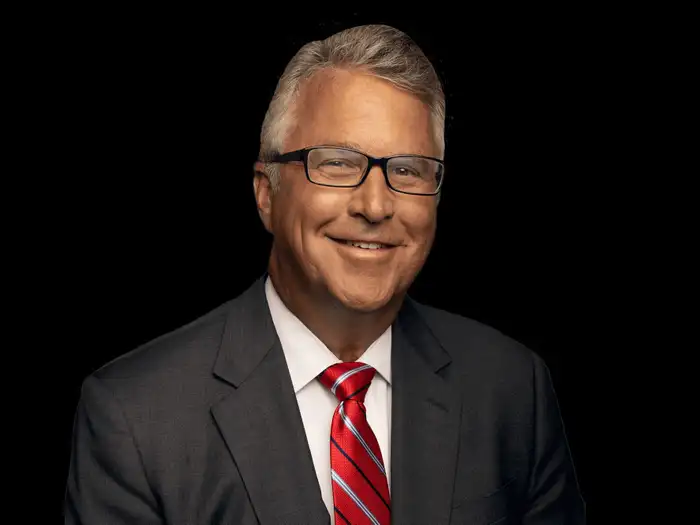
Pace said people in their 20s should put about 85% of their assets in global stocks across market capitalization, 12% in taxable bonds, and about 3% in cash.
Overreacting to troubling economic data can be a huge mistake, as the S&P 500’s robust rally from its early-August lows demonstrates.
“If you miss some of the biggest up days, you really hurt your long-term returns,” Pace said.
Younger investors should take more risks, Pace said, adding that people in their 20s should put about 85% of their assets in global stocks across market capitalization, including cheap small- and mid-caps that are set for strong earnings growth; 12% in taxable bonds while they’re in a lower bracket; and about 3% in cash.
Those in their 40s can stick with the same investments but should scale back their equity allocation to 70% while ramping up their fixed income portion of their portfolio to about 30%, including cash, Pace said.
Investors in their 60s should dial back risk even more to a 60% allocation in stocks, though that’s still a sizable risk-on position.
“Even in your 60s, you still have a life expectancy of 20-plus years,” Pace said. “You still should be relatively aggressive, but not as aggressive.”
9. Crit Thomas, global market strategist at Touchstone Investments

Thomas said Fed Chair Jerome Powell’s dovish speech in Jackson Hole, Wyoming, caused Touchstone to assign an overweight rating to high-yield bonds over the short term.
“We believe this shift toward monetary policy easing will act as a trigger for investors and savers to begin moving their vast holdings in money market funds into higher-yielding securities with longer duration,” he said. “We expect that high yield will be one of those destinations.”
High-yield bonds carry a higher level of risk than investment-grade bonds — which is why they offer investors higher compensation — but Thomas said he’s not as worried about default risk as he would have been in prior cycles.
“We accept that there is more risk in high-yield bonds should the economy start to slow more than expected,” he said. “This is not our forecast, but we are willing to take that risk as the high-yield universe is higher in quality than seen in the past.”
According to asset management firm Northern Trust, firms issuing high-yield bonds are relying less on debt amid a high interest-rate environment, which reduces default risk. Plus, companies on the higher end of the quality spectrum within high-yield make up 87% of the assets compared to an average of 83% over the last two decades, Northern Trust said earlier this year.
Thomas is also confident that the Federal Reserve can prevent a dire scenario for high-yield bonds with “plenty” of room to cut interest rates from current levels.
The Vanguard High-Yield Corporate Fund (VWEHX) and the Schwab High Yield Bond ETF (SCYB) are examples of funds that offer exposure to high-yield bonds.





